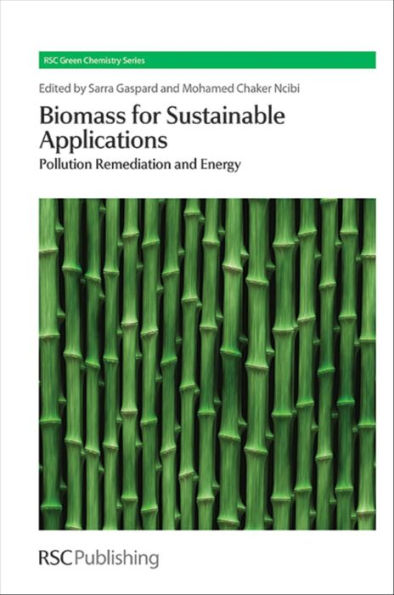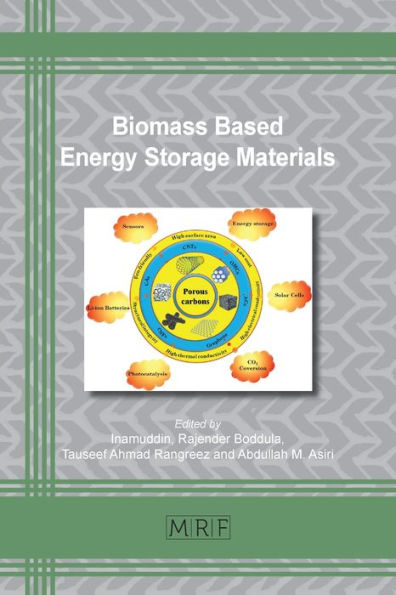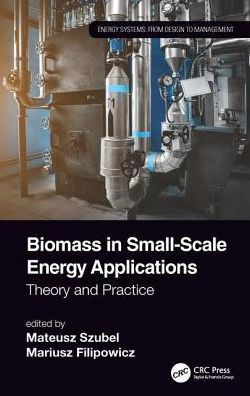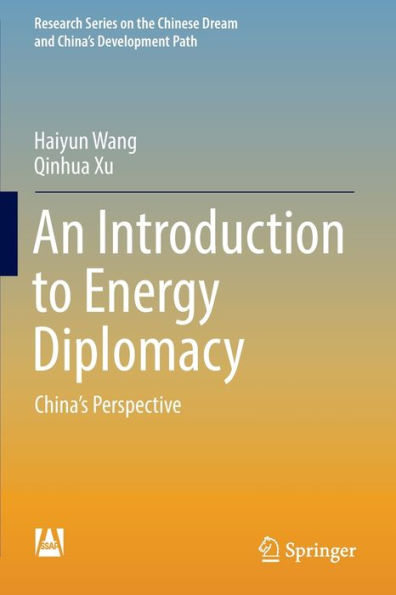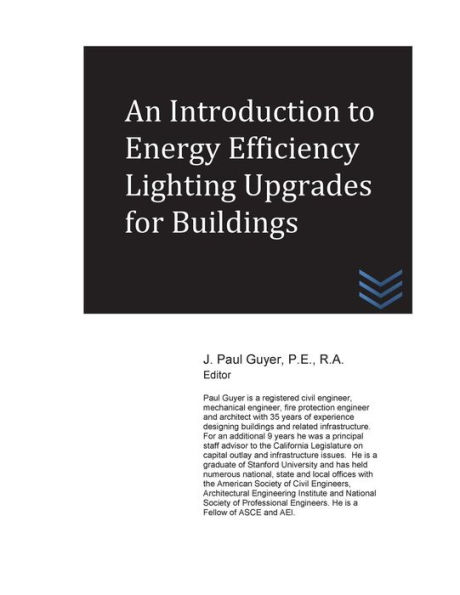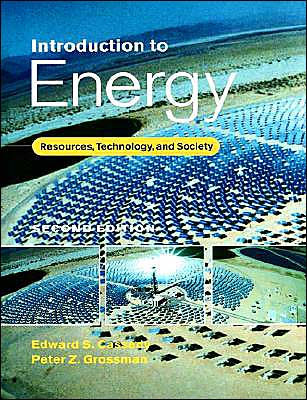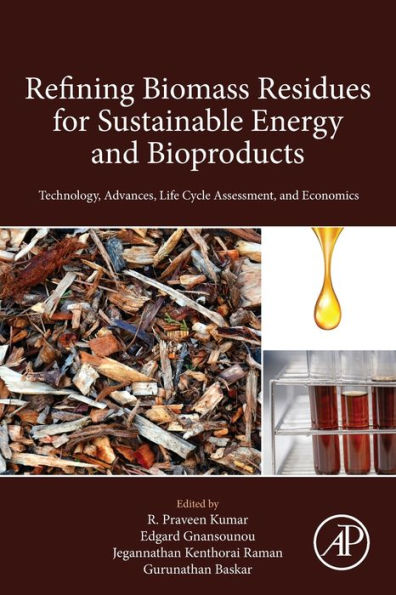Home
Introduction to Biomass Energy Conversions
Barnes and Noble
Introduction to Biomass Energy Conversions
Current price: $150.00
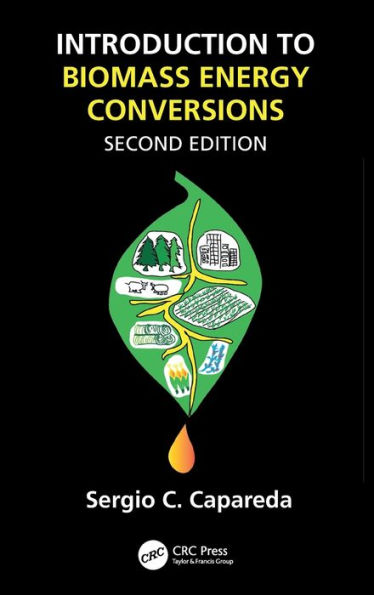

Barnes and Noble
Introduction to Biomass Energy Conversions
Current price: $150.00
Size: Hardcover
Loading Inventory...
*Product information may vary - to confirm product availability, pricing, shipping and return information please contact Barnes and Noble
Introduction to Biomass Energy Conversions
explores biomass energy conversions and characterization using practical examples and real-world'scenarios. It begins with biomass resource estimation and extends to commercialization pathways for economical biomass conversion into high-value materials, chemicals, and fuels.
With extended discussions of new sustainability issues in biofuels production, such as carbon capture and sequestration, the second edition has been updated with carbon footprint work life cycle analysis, the growing circular economy, and newer research directions of biomass resources, such as graphene production from biochar. This book covers thermo-chemical conversion processes, including torrefaction, pyrolysis, gasification and advanced gasification, biomass liquefaction, and combustion.
This book is intended for senior undergraduate students taking Renewable Energy Conversions, Bio Energy, Biomass Energy, Introduction to Biofuels, and Sustainability Engineering courses.
This book also features end-of-chapter problems, exercises, and case studies with a Solutions Manual available for instructors.
Audio player.
Students can listen to an audio overview at the start of each chapter.
Pop-ups.
Students can hover over important technical terms and keywords to instantly view definitions and actual images such as of biomass materials, products, equipment and pilot facilities.
Problem-solving and objective type questions.
Over 450 questions are included. Multiple choice quiz items, with answers and solutions, are provided at the end of each chapter. These quizzes are carefully designed to satisfy all the key learning objectives for each chapter. Indices for commonly used units and conversions, and glossary of terms used in biomass conversion systems, are provided to aid the students in problem solving.
Case studies.
Students will tackle case studies on bioenergy techno-economics and feasibility, particularly for biodiesel, bioethanol, and biogas productions, as well as pyrolysis and gasification systems. MS Excel templates are provided to conduct economic sensitivity analysis for each project. Included in the case study package are short videos to guide the students on how to navigate through each case study project.

